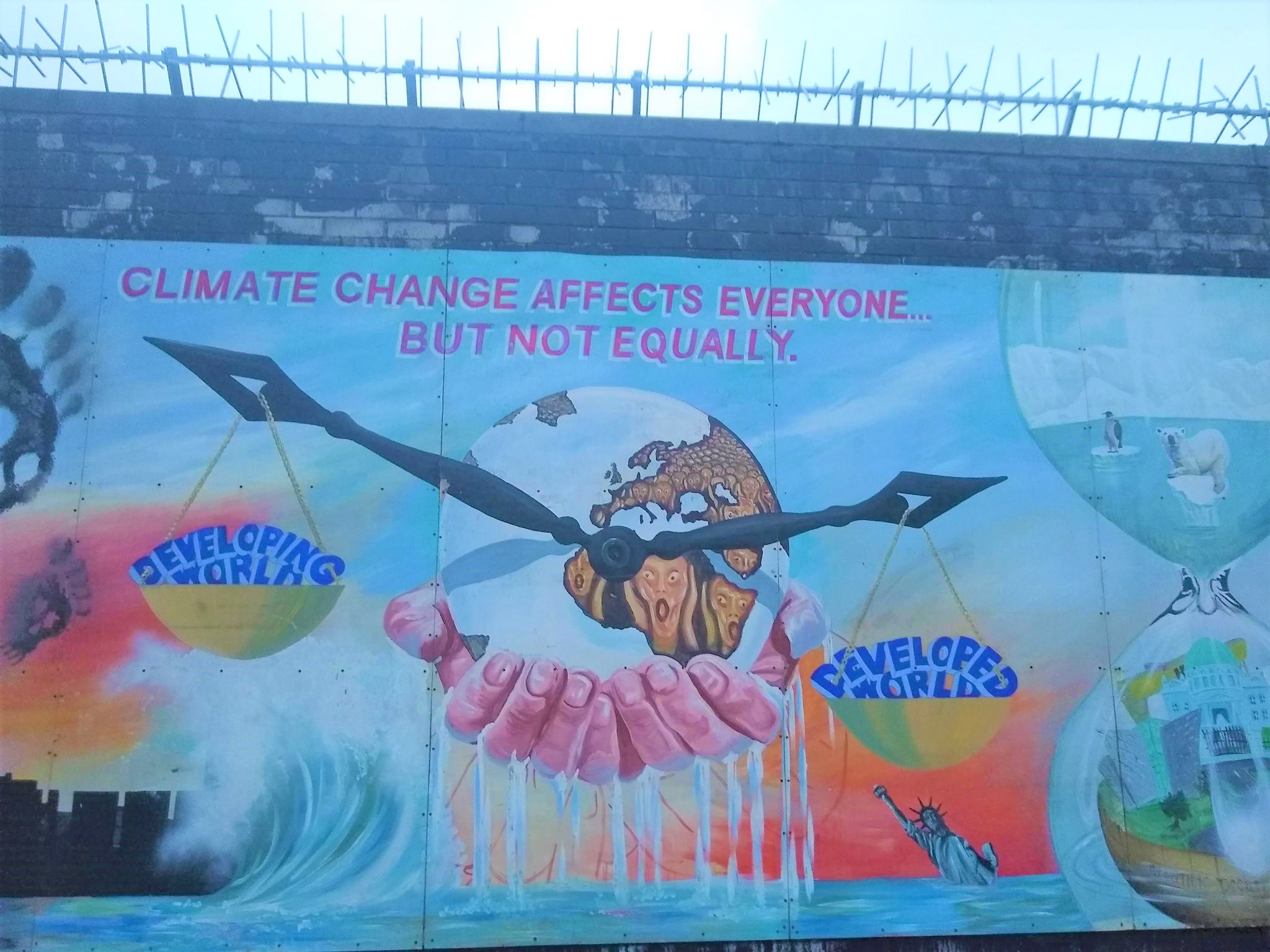From: http://klima-tuvalu.no/tuvalu-and-climate-change/the-consequences-of-climate-change-on-tuvalu/
The nine islands of Tuvalu are located in the middle of the Pacific. Funafuti, the main island and capital, is at 1000 km North of Fiji. Tuvalu became, notably thanks to the climate conference in Copenhagen in 2009, the international symbol of the consequences of climate change. Sea-level rise, one of the most known consequences, is a major threat for Tuvalu, considering that this country’s highest point is 4,5 meters over sea-level (whereas most of the land is way below that point). The consequences of climate change will have and already have considerable impacts on these islands.
In the National Adaptation Programme of Actions (NAPA), the government of Tuvalu has identified seven main and immediate threats for the livelihoods of Tuvaluans. These seven adverse effects are presented here:
Coastal: Following the Intergovernmental Panel on Climate Change, sea-level has already risen by 20 centimetres between 1870 and nowadays. Considering the low-lying position of Tuvalu, this trend is going to dangerously affect the islands. The objective of the government is to increase the resilience of coastal areas and settlement to climate change.
Agricultural: Due to sea-level rise, the ground of Tuvalu is prone to increasing salinization, threatening the habitats of some plants, such as pulaka and coconut trees. Considering that Pulaka traditionally is the staple food in Tuvalu, the adaptation strategy is to introduce salt-tolerant pulaka.
Water: The islands of Tuvalu have progressively lost their fresh groundwater resources, not only due to sea-level rise, but also because of human pollution. In consequence, Tuvaluans only rely on rainwater storage to meet their needs. However, the seasons on Tuvalu are getting irregular and difficult to forecast, leading to droughts and water shortage. In order to ameliorate this situation, the adaptation plan recommends improved and increased water collection and water conservation techniques.
Health: Vectors breeding grounds will have an increasing availability in the next years and decades because of higher tides, inundations and tropical cyclones. The increased availability will exacerbate the exposure of the Tuvaluans to water borne diseases and will increase the epidemic potential of the islands.
Fisheries: Climate change, heating the ocean water, impacts the corals and consequently the marine fauna. The biodiversity of the ocean, and also, in the case of Tuvalu, of the atolls will decrease. In order to prevent this irreparable lost of species due to heat, fragile ecosystems have to be protected.
Fisheries: The biodiversity of the atoll and particularly in the shallower water in the lagoon, will not be the only affected by the impacts of the rising surface water temperature. The rising temperatures will also considerably reduce the shellfish and available fish resources. Considering that the Tuvaluans, on average, eat 500 grams of fish per capita every day, a reduction of the resource will have a disastrous impact of the livelihoods and, thus, also on development.
Disaster: Tuvalu has been increasingly exposed to tropical storms and cyclones since 1990. Between 1970 and 1990, only three tropical storms, hurricanes or cyclones struck Tuvalu. However, between 1990 and 2005, the islands experienced thirteen similar meteorological events. In order to ease the impacts of the population, the country will have to implement disaster alerts and response systems.
These different threats that Tuvalu is or will be experiencing in the next years or decades are similar to all Small Island Developing States.

















